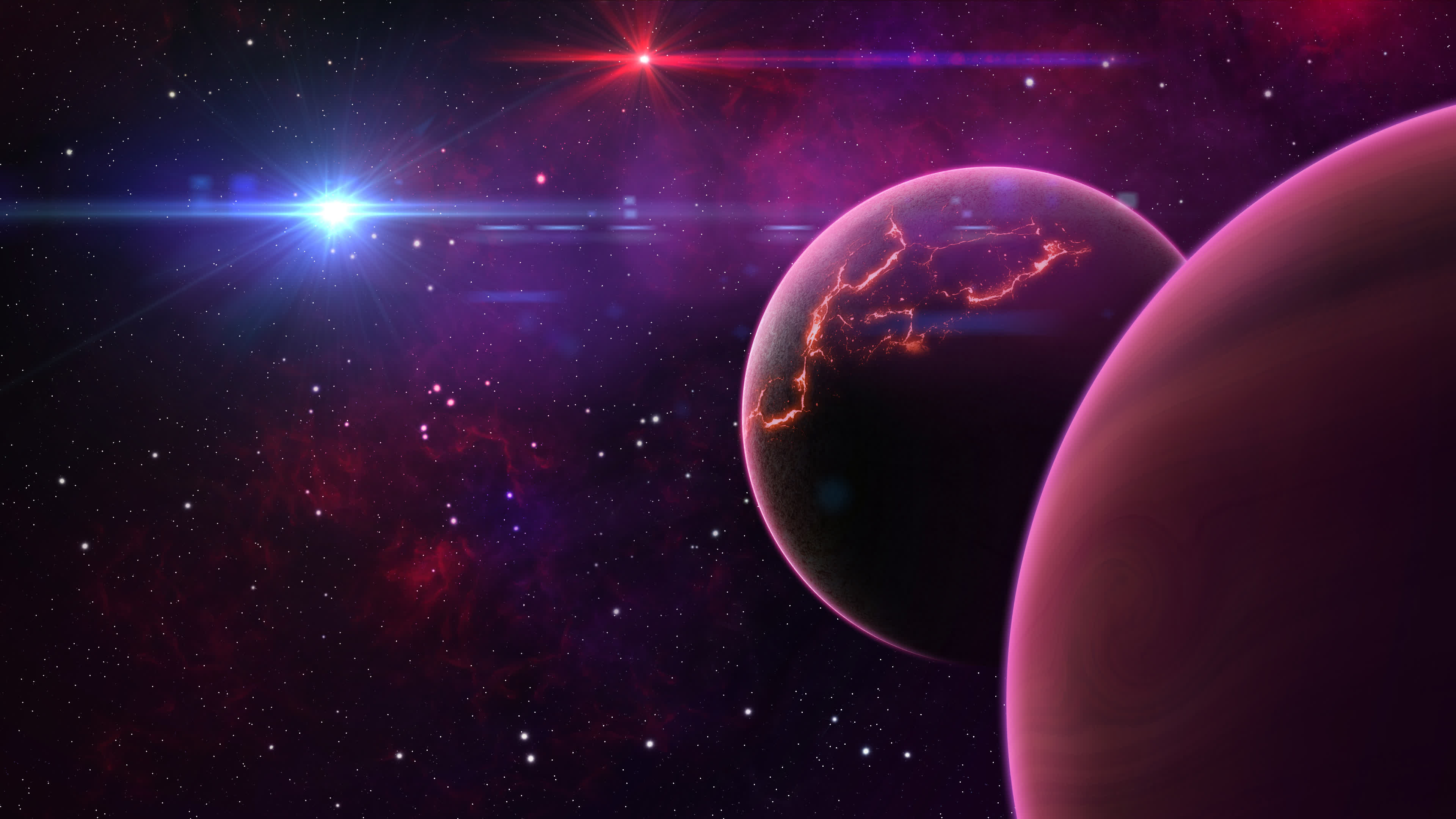PriyaWalia
Posts: 17 +1
Why it matters: A team of international astronomers announced the discovery of an exoplanet that is both eerily similar and close to Earth on a galactic scale. The newly discovered planet Wolf 1069b is about 1.26 times the mass of Earth and 1.08 times its size. What's even more intriguing is that it lies in the habitable zone of its host star, which means that water could exist on its surface, making it a potential home for alien life forms.

"When we analyzed the data of the star Wolf 1069, we discovered a clear, low-amplitude signal of what appears to be a planet of roughly Earth mass," said Diana Kossakowski, an astronomer at the Max Planck Institute for Astronomy in Germany.
According to IFLScience, Astronomers have discovered a new exoplanet that they believe could be habitable for extraterrestrial life. The planet, named Wolf 1069b, orbits a red dwarf star 31 light-years from Earth and is located within the Milky Way galaxy. A year on this exoplanet is equivalent to nearly half a month on Earth.
Even though the exoplanet is close to its host star, it doesn't produce excruciatingly hot temperatures. This is because the host star is much smaller than our Sun. The researchers say that Wolf 1069b only receives about 65 percent of the incident radiant power of what the Earth receives from the Sun.

Currently, Wolf 1069b is only 31 light-years away and is the sixth closest Earth-mass planet to its host star in the habitable zone. The nearest star to Earth is 4.2 light years away, while the Milky Way galaxy has a diameter of 100,000 light years and at least 100 billion stars.
Furthermore, Wolf 1069b is far more proximate to its parent star than the Earth is to the Sun. This means that Wolf 1069b does not rotate in relation to the red dwarf and always presents the same face toward its stellar neighbor. Because of this, one side of the planet is lit, while the other is perpetually dark. The exoplanet's star-facing side likely has a temperature of roughly 13 degrees Celsius, making it hypothetically conducive to the emergence of alien life if the exoplanet is actually enshrouded in an alien atmosphere.
Scientists are now looking forward to the completion of powerful next generation telescopes that can discover and analyze the atmospheres of distant exoplanets like this one. Unfortunately, that's a decade or so away.